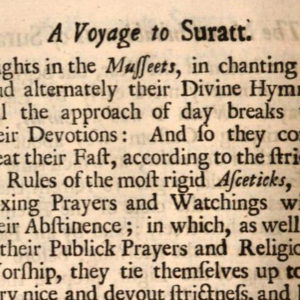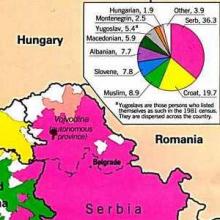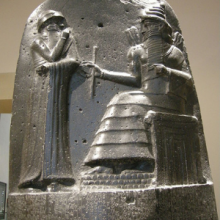Social Structure

Australian Periodical Publications Project, 1840–1845
The manner in which newspapers in this period created transnational links, both in reporting news from elsewhere and in systematically including extracts from other papers, makes them an especially pertinent source for the study of world history.
Liberty, Equality, Fraternity
It is this type of versatility, coupled with the topical essays and the intuitive design of Liberty, Equality, Fraternity that makes this site a welcome resource for teachers of European history and world history (and their students).
Anstis Crew Mock Trial
This is a print taken from Captain Charles Johnson's 1724 book, A General History of the Robberies and Murders Of the most notorious Pyrates, depicting a mock trial held by the pirate crew of Captain Thomas Anstis.

Excerpt from "A Voyage to Surat in the Year 1689"
Ovington’s travelogue “The City of Surat and Its Inhabitants,” an excerpt from John Ovington’s A Voyage to Surat in the Year 1689 provides students with a European trader’s point of view as he confronts the world of Islam during the Mughal rule of India.

The Story of Africa
Each segment provides a selection of quotes from primary sources that illuminate specific issues. There are many gems to mine. They range from original lyrical quotations that capture the imagination...to arresting images of initiation rituals and political power.
Trust Territory Photo Archives
The images in the collection are an extensive record of American views of Micronesian peoples, society, and culture and of the interaction between the United States and the Trust Territories.
Long Teaching Module: The Collapse of Yugoslavia
This case study examines the rewriting and reworking of Serbian national history that accompanied the breakup of Communist Yugoslavia, especially by intellectuals, and the role such groups played in reconstructing and resurrecting a distinct narrative of Serbia’s national history.
Source Collection: Songs of the Revolution
Music and singing were fundamentally important parts of the revolutionary experience. Amateurs and formally trained composers alike produced thousands of songs and hymns that celebrated or criticized the Revolution.

Short Teaching Module: Hammurabi's Code
An extremely useful source for discussions of Mesopotamian government and society is the Babylonian document Hammurabi’s Code (circa 1780 BCE).

The Code of Hammurabi
This source is a part of the Hammurabi's Code teaching module.